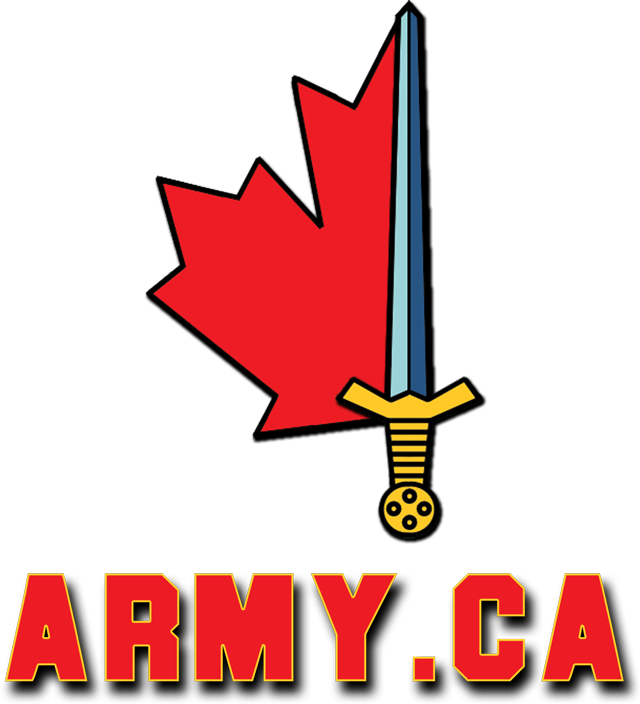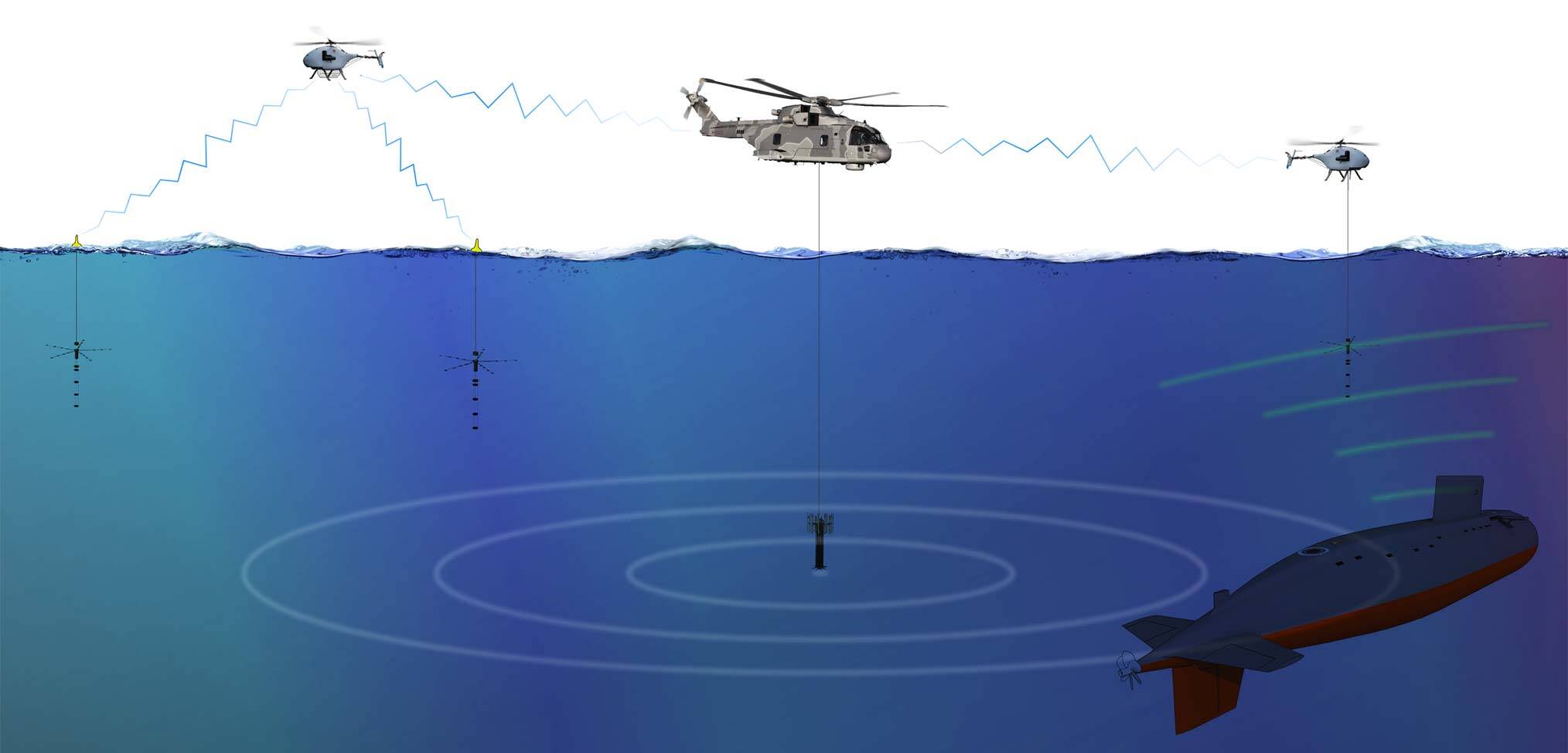- Reaction score
- 9,136
- Points
- 1,160
Boy, Kirkhill, you really like to talk to yourself, don't you.
Just kidding!
I want to see those MCDV replacements. i want to see them fast, and I want them to be very much non-USA dependent.
Here's my dream:
Made in Canada Corve te (or light frigate - your choice of denomination) 2,000 to 2,400 tons displacement, 120 meters approx. length with: 32 CAMM-MR, 76 mm Leonardo main gun, 2x 35 mm remote controlled gun, SMART-S Mk 2, CANTASS, 2x French SLAT anti-torpedo system, CANTASS, hangar for one Merlin ASW helicopter, CCS330. Size of purchase: 12 but not, repeat not, at the expense of any of the RCD's.
However, bought as an emergency program, with the Halifax's being brought home from oversea deployment as training ships to get these ready for front line employment.
You're not wrong! My wife has given me lots of practice.




